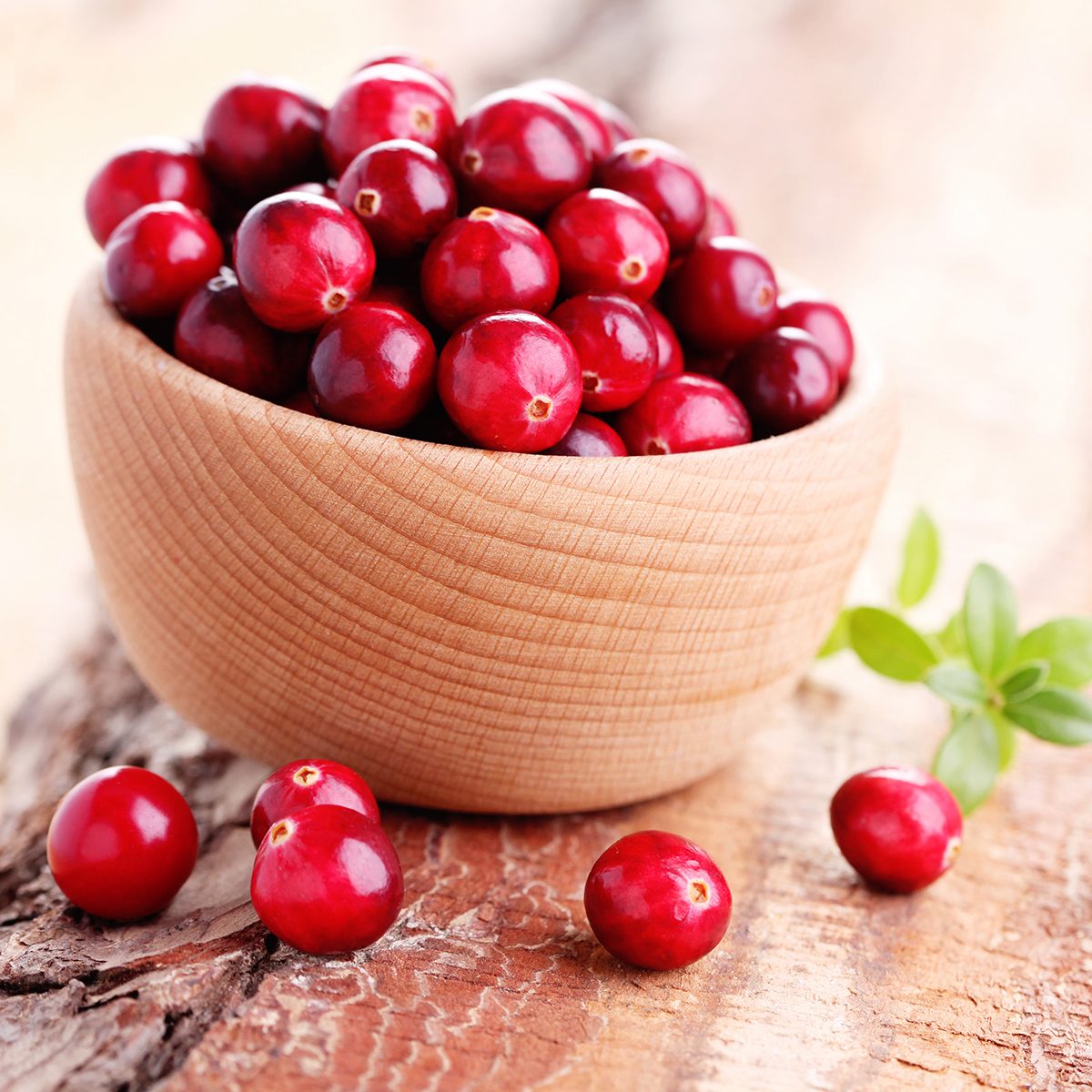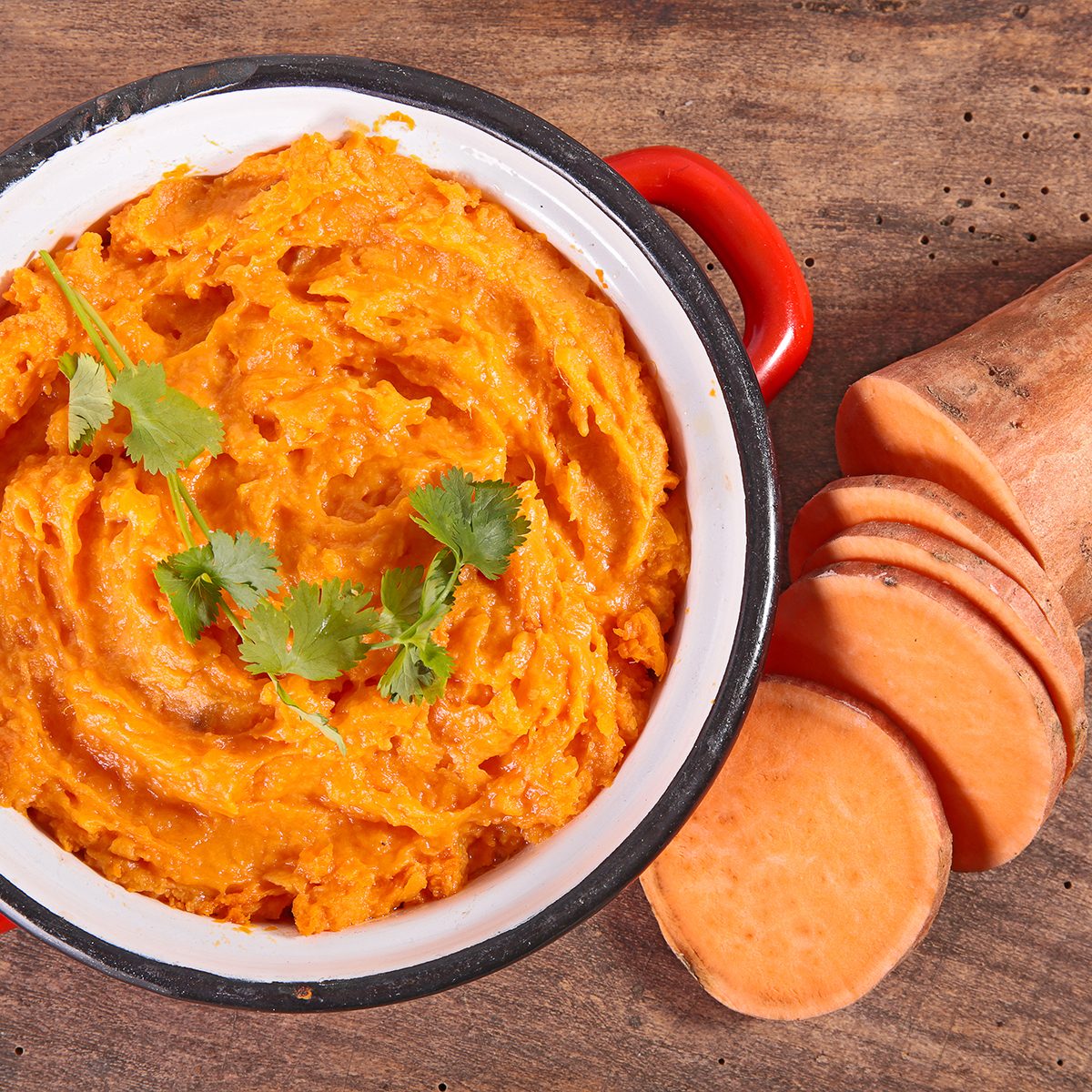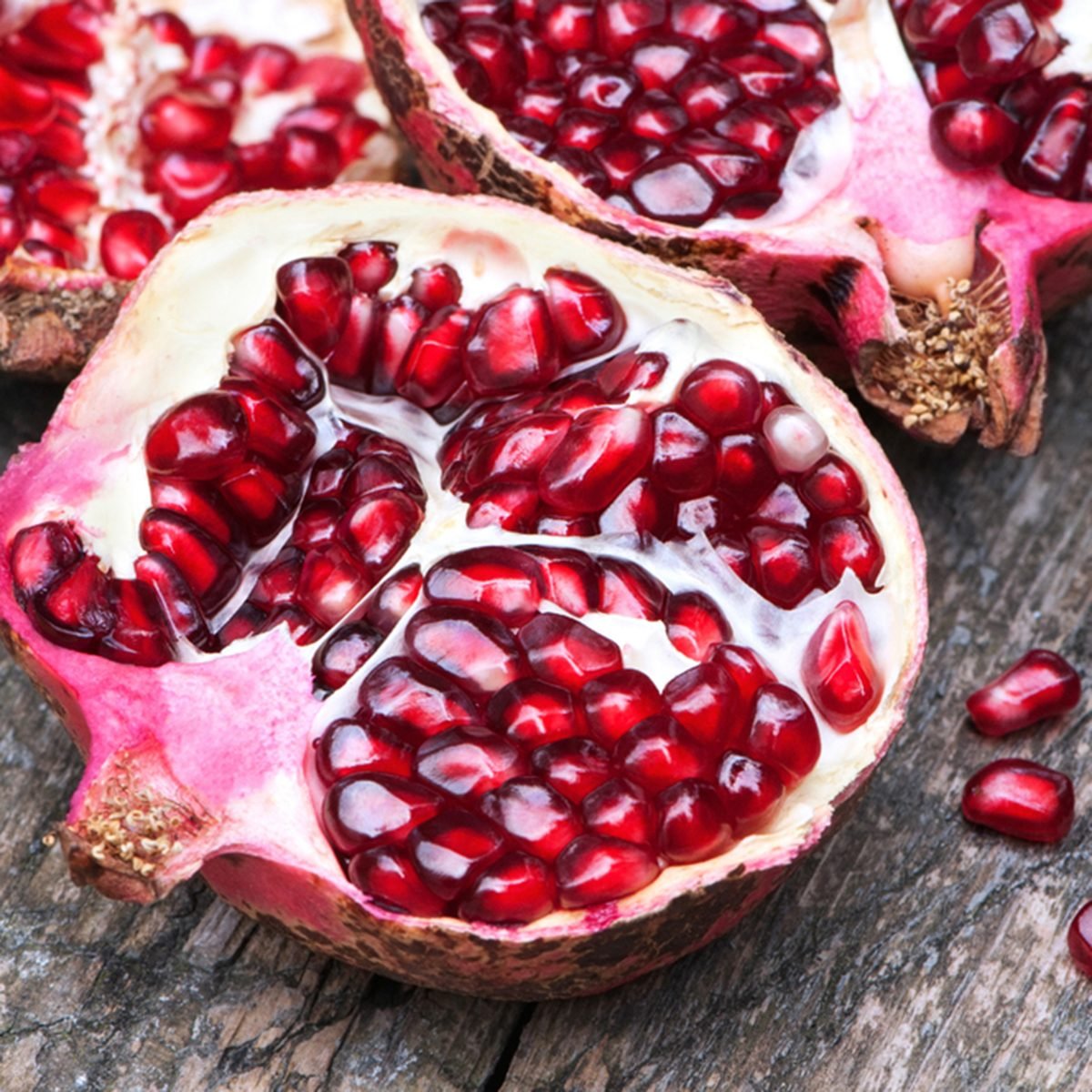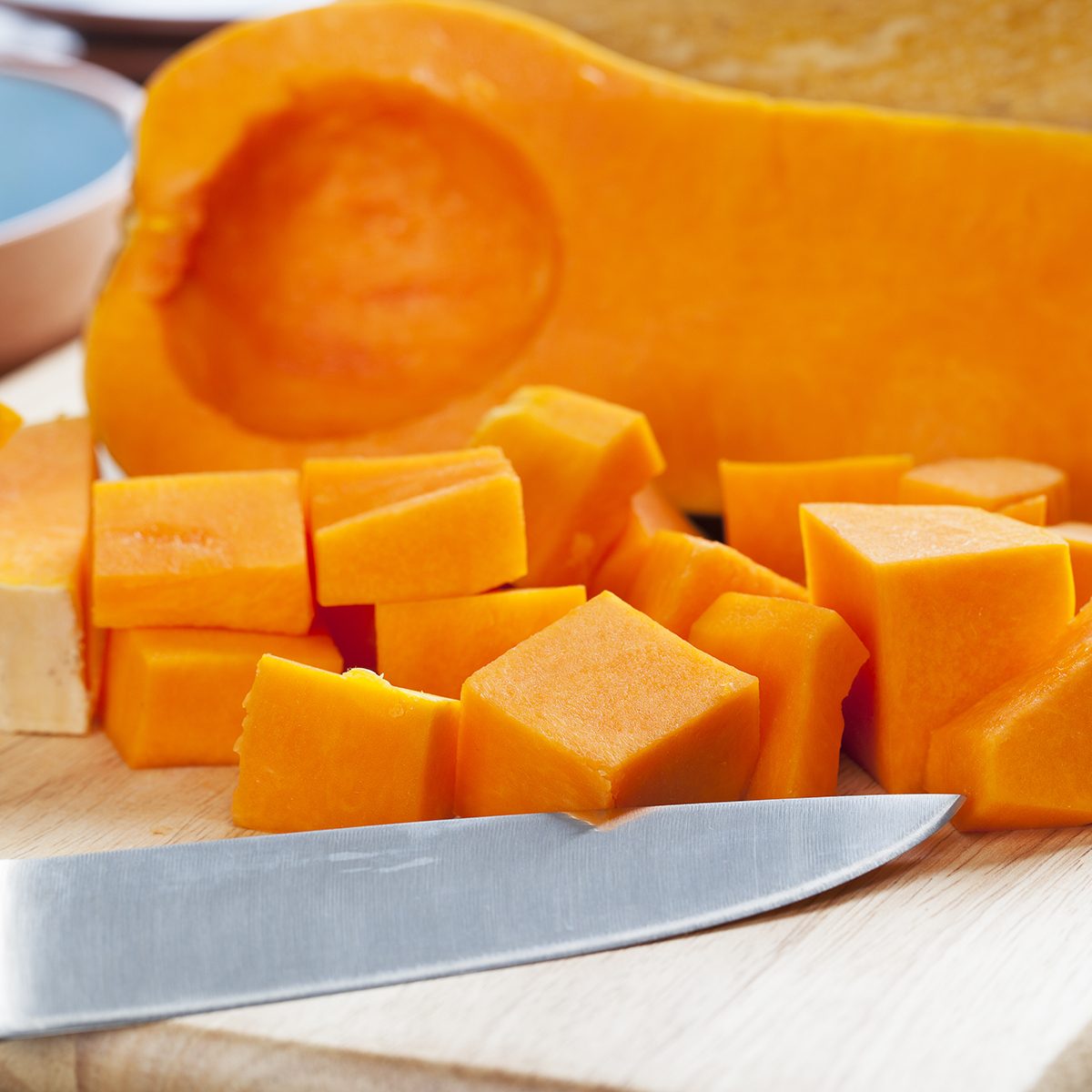
Welcome fall’s bounty
It’s time to say goodbye to sweet summer berries and juicy watermelon but there are plenty of healthy superfoods to reach for in the fall. Skip the usual pumpkin spice lattes and choose real, whole foods full of vitamins and antioxidants. Fall superfoods are rich in color, so look for deep red like pomegranates or bright orange like sweet potatoes. We’ve rounded up 13 of nutritionists’ favorite superfoods, including some of their favorite easy recipes. Want to eat superfoods year-round? This list of in-season fruits and veggies will help you get started.

Pumpkins
This year skip the pumpkin spice craze and go for the real thing. Pumpkins are a favorite fall superfood and for good reason. “Providing more fiber per cup than kale, pumpkin can help to keep you feeling fuller, longer,” explains Samina Kalloo, RDN, CDN. “It’s also an excellent source of lutein and zeaxanthin, two powerful antioxidants that are recognized for playing a critical role in eye health.” Try adding unsweetened pumpkin puree to your favorite smoothie or mixing it into any of these recipes.

Broccoli
Whether roasted, steamed or served fresh, broccoli is a delicious veggie loaded with health benefits. “Broccoli is a great source of vitamins K, C and E, folate, potassium, calcium and fiber,” says Ariana Kulinczenko, RD, LDN. “It benefits digestion, cardiovascular health and contains anti-inflammatory properties.” Try steaming broccoli with fresh garlic and lemon juice for a nutritious side dish on busy nights. If you have some picky eaters on your hands, try these sneaky broccoli recipes instead.

Cauliflower
Cauliflower may seem like a bland veggie at first glance but it’s a sneaky superfood that can turn into scrumptious comfort food with just a few tweaks. “It is high in fiber, B-vitamins, antioxidants and choline,” says Kulinczenko. “Cauliflower may promote weight loss, protect against cancer and improve learning and memory.” Use it in place of mashed potatoes or pizza crust for an easy swap no one will notice.

Cranberries
This tart superfood isn’t just for Thanksgiving anymore. Cranberries are known for preventing urinary tract infections but have benefits for your whole body. “Dried cranberries have been shown to improve gut health by altering the gut microbiota, as well as improve blood sugar regulation in type 2 diabetics,” says New York-based dietician Angela Goscilo. “In addition, as a good source of vitamin C, cranberries can support oral health and immune function.” These are our favorite cranberry recipes, from sweet to savory.

Beets
Beets can add gorgeous color to your fall salads and side dishes while giving your brain a boost. “Beets have a good amount of folate and potassium,” says Amanda A. Kostro Miller, RD, LDN. “Try adding beets to your smoothie or baked goods like red velvet cake or pink-frosted cupcakes.” We’re partial to this chocolate beet cake.

Sweet potatoes
Sweet potatoes make the perfect fall side dish and are rich in vitamin A for healthy eyes and fiber for a healthy gut. Miller recommends starting out your day with a nutrient-packed twist on breakfast toast. “Instead of bread, slice a sweet potato lengthwise into ¼ to ½ inch slices,” says Miller. “Pop them in the toaster to toast and then top with your favorite toppings.” Try these other ideas for eating more sweet potatoes without even trying.

Walnuts
“Even beyond the known heart health benefits, walnuts have been researched for a variety of potential benefits including diabetes, cognitive function, mental health and cancer. A recent study even found that women who ate a Mediterranean diet including walnuts showed a lower risk for gestational diabetes and weight gain during pregnancy,” says, Stephanie Middleberg, MS, RD, CDN. Here are 50 walnut recipes to get you started.

Apples
An apple a day keeps chronic diseases away, especially if you pick them yourself. “Apple picking is a great way to get exercise while having fun with friends and family,” says Lisa Reed, MS, CSCS, USAW. “Plus, the health benefits of eating an apple a day are amazing.” Apples are rich in soluble fiber, helping to keep you full and flush out cholesterol. Try these vintage apple recipes that deserve a comeback.

Brussel sprouts
Brussel sprouts may have been one of those vegetables you dreaded as a kid but they’ll quickly become one of your favorite fall superfoods. “They have about 3.8 grams of protein per serving, which is high for a vegetable,” says Reed. “They also contain 147 percent of your recommended daily intake of vitamin K, which promotes bone health.” These Brussel sprout recipes are the perfect ways to enjoy this veggie.

Lentils
Lentils are a tiny legume that pack a major health punch. They’re rich in fiber, protein and folate and are known to support a healthy heart. Dahlia Marin, RDN loves them so much that she replaces meat dishes with a rich and flavorful lentil loaf instead. Here are some more lentil recipes for you to try.

Pomegranates
If pomegranates are one of the fall superfoods you’re still not eating, it’s time to give them a second look. They are rich in antioxidants and vitamin C for a healthy immune system. “Research is still emerging but shows promise for reducing the risk for cardiovascular disease, bone loss, hypertension, and more chronic conditions,” says Keith Thomas Ayoob, EdD, RD, FAND. If you’re new to pomegranates, here are some yummy ways to eat them.

Beans
If you’re looking to give your diet a serious boost with protein and fiber, reach for beans. They’ll fill you up while helping you maintain a healthy weight and blood sugar. “Regular bean eaters are less likely to be obese, more likely to live longer and have a lower risk for cancer and type 2 diabetes,” says Ayoob. Add them to your favorite salads, soups, dips and so much more.

Butternut squash
Butternut squash is in-season in August, welcoming us into fall with its savory soups and hearty roasted side dishes. “Butternut squash is versatile and packed with carotenoids, antioxidants that benefit eye and skin health and may help protect against certain cancers,” says Philadelphia based sports dietitian Kelly Jones. “It can be roasted, added to mac and cheese sauces or blended into comforting soups.” You’re not limited to soups, though. Here are many more ways to eat butternut squash.
The post The Superfoods Nutritionists Eat Every Fall appeared first on Taste of Home.
Carrie Madormo, RN